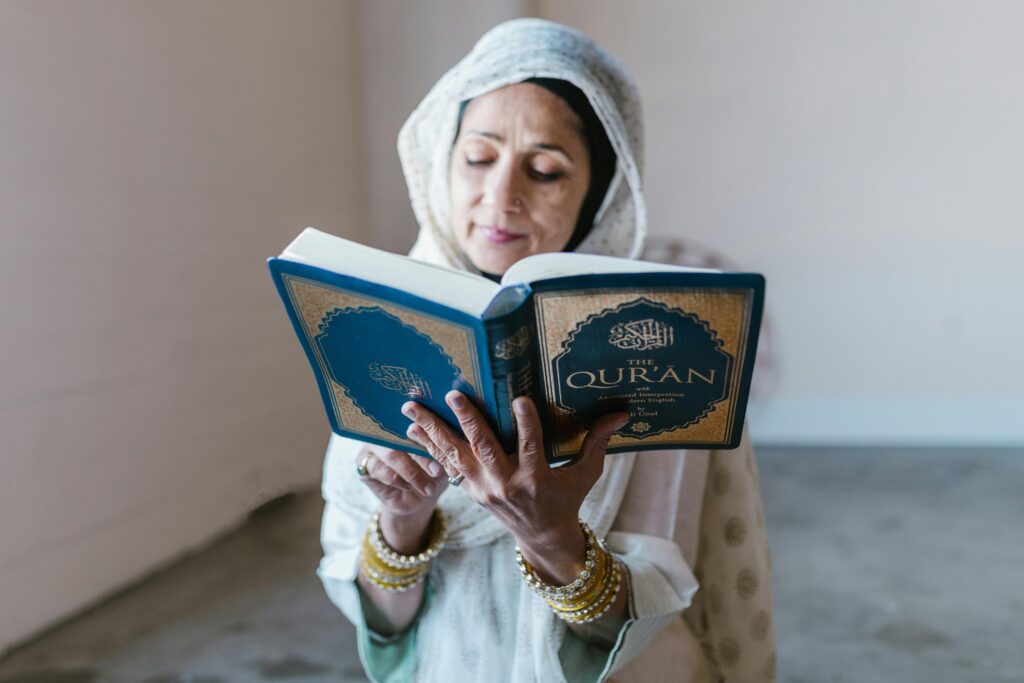Tablighi Jamaat is one of the most widespread Islamic revivalist movements, known for its simple message and dedication to spiritual renewal among Muslims. Although it began quietly in the villages of India, today its influence stretches across continents, shaping the daily faith of millions. With no political agenda, the group continues to inspire debate and fascination for its approach to practicing Islam from the inside out.
Founding, History, and Core Beliefs of Tablighi Jamaat
Tablighi Jamaat traces its roots to early twentieth-century India. This movement, which means “Society for Spreading Faith,” focuses on reconnecting Muslims with the basics of their religion and daily practice of faith.
Origins and Founder
Maulana Ilyas Kandhlawi, a respected Islamic scholar, founded Tablighi Jamaat in 1926 in the rural Mewat region near Delhi, India. At that time, he noticed a gap between Islamic teachings and the local Muslim community’s daily life. Maulana Ilyas wanted to bridge that gap, not through debate or politics, but by encouraging simple acts of faith and kindness. Inspired by the teachings of the Deobandi school, he believed everyone could draw closer to God through small, regular steps.
For more background, you can see the group’s history detailed in Tablighi Jamaat’s Wikipedia entry.
Historical Spread and Global Reach
What started as a village-based project soon gained momentum. Members began traveling on foot across India, sharing their message from mosque to mosque. By the 1940s, Tablighi Jamaat had already branched out into Pakistan and Bangladesh. In the decades that followed, the movement quietly spread into Africa, the Middle East, Southeast Asia, Europe, and North America.
The group’s method of direct, face-to-face outreach made it easy to adapt and travel. Today, Tablighi Jamaat is known as one of the world’s largest transnational Islamic networks, as described by the Pew Research Center.

If you want to read it ofline version download its PDF and read when you want. To download just click below button
Community Gatherings and Structure
Tablighi Jamaat hosts large annual gatherings known as ijtima. These events draw tens of thousands of participants for days of prayer, learning, and spiritual renewal. The gatherings unite people from every walk of life with one aim: to reconnect with the basics of Islam and support each other’s growth.
What’s unique is the movement’s structure. There is little to no public leadership and members avoid publicity. Roles are informal, usually handled by local elders or experienced members, but everyone is considered equal. Decision-making is done collectively, keeping the focus on humility and brotherhood.
Photo by RDNE Stock project
Focus on Personal Transformation
Above all, Tablighi Jamaat emphasizes changing oneself before trying to change others. Members encourage acts like regular prayer, speaking kindly, dressing modestly, and learning basic religious texts. Daily effort (mujahada) is seen as the best teacher. This approach has inspired millions who seek a spiritual path without political strings attached.
Their dedication to the smallest details can be seen in their focus on habits from daily prayer to simple acts of service. According to an analysis at Lausanne Global Analysis, Tablighi Jamaat urges its members to follow the example of the Prophet in almost every action.
Conclusion
Tablighi Jamaat stands apart for its focus on living faith quietly and consistently. By avoiding politics and spotlight, the movement has touched countless communities, helping Muslims reconnect with their daily spiritual practices. While embraced by many for its peaceful message, the group also faces questions and debate—especially regarding its insular approach and public activities.
Despite these challenges, Tablighi Jamaat has proven its staying power with a call that is both simple and transformative: start with yourself if you wish to change the world. The movement remains a living example of how faith, practiced through small, steady steps, can shape both individuals and entire communities.
